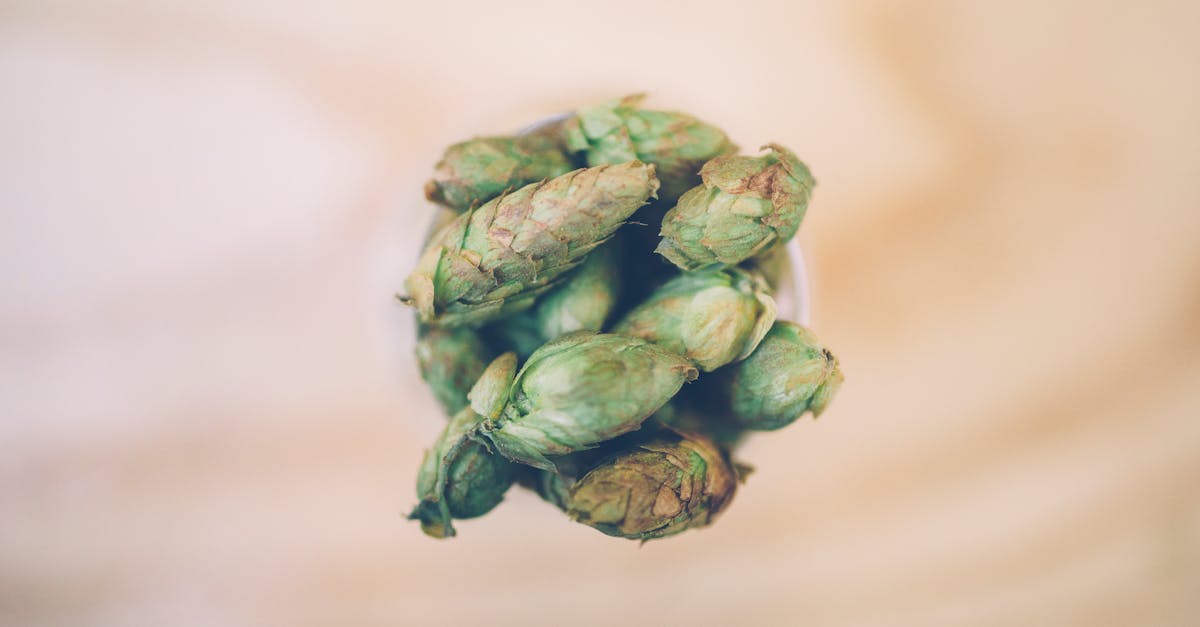The Ultimate Guide to Performance Running Shoes
Introduction to Performance Running Shoes
Performance running shoes are more than just footwear—they are an essential part of every runner's gear. With the myriad of options available, finding the right pair can be both exciting and overwhelming. These shoes are crafted to enhance a runner's performance, providing comfort, support, and durability. They cater to various running styles and surfaces, from road races to trail runs. Understanding the distinct features and technologies in running shoes can help runners make informed choices for their specific needs. This comprehensive guide aims to demystify performance running shoes, breaking down what you truly need to look for.
Advertisement
Understanding the Anatomy of Running Shoes
Performance running shoes are designed with precision, focusing on the anatomical needs of the foot during running. Their key components include the upper, midsole, outsole, and heel counter. The upper, typically made from breathable materials, keeps feet cool and dry. The midsole, often crafted with foam or gel, provides cushioning and shock absorption. The outsole offers traction and durability, while the heel counter stabilizes the foot. Recognizing these elements helps runners gauge a shoe's fit and function, ensuring a more comfortable and efficient run.

cottonbro studio/Pexels
Advertisement
Running Shoe Technologies
Advancements in technology have revolutionized performance running shoes, incorporating materials and features aimed at boosting a runner's efficiency. Notable technologies include: - **Cushioning Technologies:** Brands like Nike and Asics have innovated with air-sole units and gel cushioning, respectively, to reduce impact. - **Stability Features:** These are designed for motion control, often beneficial for overpronators. - **Lightweight Materials:** Keeping shoes minimal in weight, yet durable, improves speed and reduces fatigue. - **Energy Return Systems:** Technologies like Adidas's Boost formula, which captures and returns energy, provide a responsive run. Understanding these innovations helps runners match their shoe choice to personal running goals.
Advertisement
Types of Running Shoes
Performance running shoes aren't one-size-fits-all. They're tailored to different running needs and environments, such as: - **Road Running Shoes:** Designed for pavement, these are lightweight and flexible. - **Trail Running Shoes:** Equipped with rugged soles and protective features for rough terrain. - **Cross-Country Shoes:** Offer a grip that works on varied surfaces with a focus on stability. - **Racing Flats:** Ultra-lightweight, minimal cushioning shoes for races. - **Track Spikes:** Feature spikes for traction on track surfaces. By identifying the type of running you'll primarily engage in, it's easier to select the most appropriate shoe type.
Advertisement
Determining the Right Fit
Ensuring the perfect fit is crucial to prevent discomfort and injuries. Consider: - **Foot Shape:** Knowing whether you have flat, high-arched, or average-arched feet affects shoe choice. - **Spaces and Sizing:** A thumb's width at the front and snug fit at the heel is ideal. - **Medical Concerns:** Custom orthotics might be needed for specific foot issues. Trying on various sizes and widths in-store or purchasing from retailers with flexible return policies can help secure the best fit.
Advertisement
The Importance of Pronation
Pronation refers to how your foot rolls inward after heel strike while running. It's a key factor in choosing performance running shoes. Common types include: - **Neutral Pronation:** Even weight distribution, requiring neutral shoes. - **Overpronation:** Foot rolls inward, needing stability shoes with motion control features. - **Underpronation/Supination:** Foot rolls outward, benefiting from cushioned shoes. Understanding your pronation type ensures a better match, enhancing comfort and reducing injury risks.
Advertisement
Maintenance and Longevity
To enjoy maximum performance and longevity from your running shoes, proper maintenance is crucial: - **Regular Cleaning:** Keeps shoes free of dirt and odor; air-drying is recommended. - **Proper Storage:** Storing in a cool, dry place prevents material breakdown. - **Mileage Tracking:** Most shoes should be replaced after 300-500 miles. Keeping track of wear and tear helps in timely replacements, preventing unnecessary strain on your feet.
Advertisement
Popular Brands and Models
Performance running shoes are offered by popular athletic brands, each known for unique innovations: - **Nike:** Known for its Air technology, offering numerous models catering to different running styles. - **Asics:** Celebrated for their Gel cushioning systems, excelling in comfort. - **Brooks:** Highly recommended for excellent support and inclusivity in foot shapes. - **New Balance:** Offers blending of classic aesthetics with modern technology. Exploring various models within these brands can lead to discovering the perfect performance shoe for your needs.
Advertisement
The Cost of Quality
Investing in quality performance running shoes is essential, balancing cost and value: - **Budget-Friendly Options:** These offer basic features and durability for beginners. - **Mid-Range Choices:** A sweet spot with advanced tech features without a hefty price tag. - **Premium Selections:** Often loaded with top-tier technologies, offering the best performance benefits. Quality running shoes can be viewed as investments in health and performance, warranting spending for durable and comfortable options.
Advertisement
Conclusion: Finding Your Perfect Pair
Navigating the expansive world of performance running shoes can initially seem challenging, but with informed knowledge, it becomes manageable. Understanding components like shoe anatomy, technologies, and fitting helps in narrowing down choices to what's best for your needs. Evaluating running types, brands, and your own foot characteristics emphasize the importance of a personalized fit. Remember, high-quality shoes may come with a cost, but investing in them is a step towards better performance and fewer injuries. Achieving a perfect run begins with the perfect shoe choice. With the insights shared, you are now equipped to make decisions that align with your running goals and needs.
Advertisement


